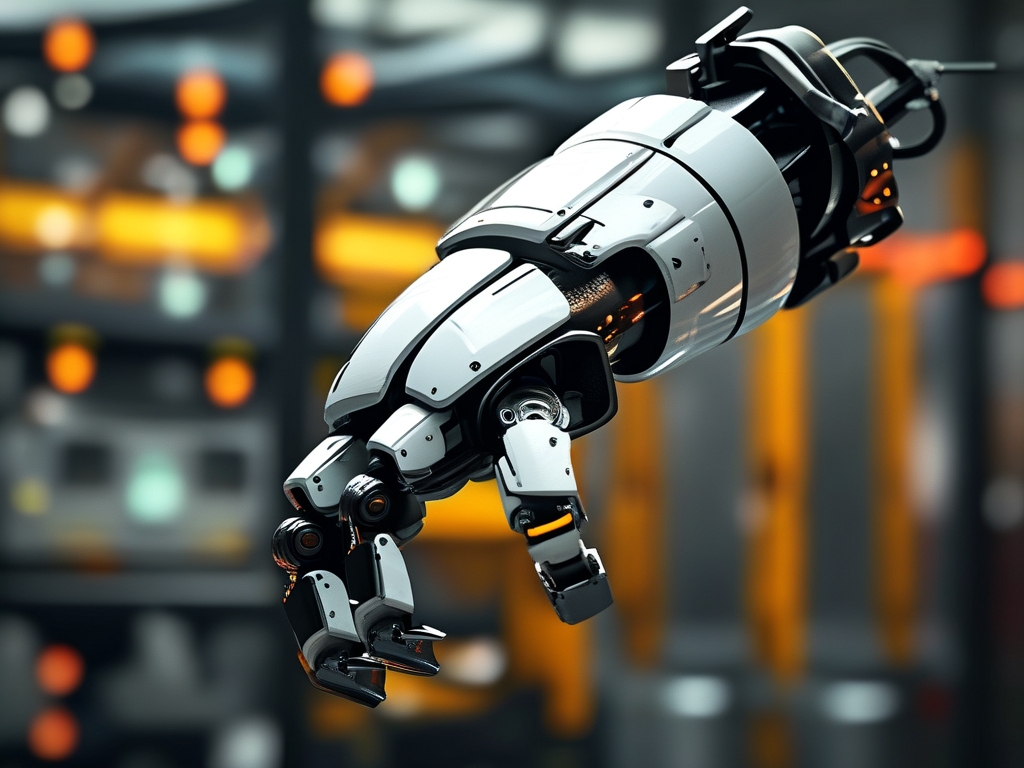Robotic gripper technology has revolutionized industrial automation, enabling machines to interact with objects of varying shapes, sizes, and materials. This article explores the fundamental principles behind robotic grippers, their design variations, and real-world applications.
1. Core Principles of Robotic Grippers
At its essence, a robotic gripper mimics the human hand’s ability to grasp and manipulate objects. It relies on three key components:

- Mechanical Structure: The physical framework, often made of lightweight metals or polymers, determines the gripper’s range of motion and load capacity.
- Actuation Mechanism: Grippers use pneumatic, electric, or hydraulic systems to generate movement. Pneumatic actuators, for example, leverage compressed air to control finger motion, while electric motors offer precision in programmable environments.
- Sensing and Feedback: Force sensors, tactile arrays, and vision systems allow grippers to adapt to object properties. For instance, force-sensitive grippers adjust grip strength to avoid damaging fragile items.
2. Types of Robotic Grippers
Different applications demand specialized gripper designs:
- Mechanical Grippers: The most common type, featuring two or more fingers that close symmetrically or asymmetrically. They excel in repetitive tasks like picking up uniform parts on assembly lines.
- Vacuum Grippers: Use suction cups to handle flat or smooth surfaces, such as glass panels or cardboard boxes.
- Magnetic Grippers: Ideal for ferromagnetic objects, employing electromagnets for quick attachment and release.
- Soft Grippers: Made of flexible materials like silicone, these grippers conform to irregular shapes, making them suitable for food handling or delicate electronics.
3. Control Systems and Algorithms
Modern grippers integrate advanced control systems to enhance adaptability. Closed-loop feedback mechanisms adjust grip parameters in real time. Machine learning algorithms enable grippers to “learn” optimal grasping strategies through trial and error. For example, a gripper in a warehouse might use computer vision to identify an object’s orientation before deciding how to pick it up.
4. Applications Across Industries
- Manufacturing: Grippers assemble cars, package goods, and handle CNC-machined components. Collaborative robots (cobots) with adaptive grippers work alongside humans in hybrid assembly lines.
- Logistics: E-commerce warehouses deploy grippers for sorting parcels, while autonomous mobile robots (AMRs) use them to load/unload pallets.
- Healthcare: Surgical robots employ micro-grippers for precise instrument handling, and rehabilitation devices assist patients with mobility challenges.
- Agriculture: Grippers harvest fruits without bruising them, leveraging tactile sensors to gauge ripeness.
5. Challenges and Future Trends
Despite advancements, challenges persist:

- Adaptability: Grippers struggle with highly variable objects, such as crumpled fabrics or entangled wires.
- Cost-Efficiency: High-precision grippers remain expensive for small-scale industries.
- Energy Consumption: Pneumatic systems require continuous air supply, limiting portability.
Future innovations aim to address these issues:
- AI-Driven Grippers: Combining reinforcement learning with multi-modal sensors to handle unpredictable scenarios.
- Modular Designs: Swappable gripper tips for rapid reconfiguration in multi-task environments.
- Sustainable Materials: Biodegradable polymers for eco-friendly soft grippers.
6.
Robotic gripper technology sits at the intersection of mechanics, electronics, and artificial intelligence. As industries demand greater flexibility and precision, continued advancements in material science, sensor technology, and AI will unlock new possibilities. From smart factories to space exploration, grippers will remain indispensable tools in the age of automation.

